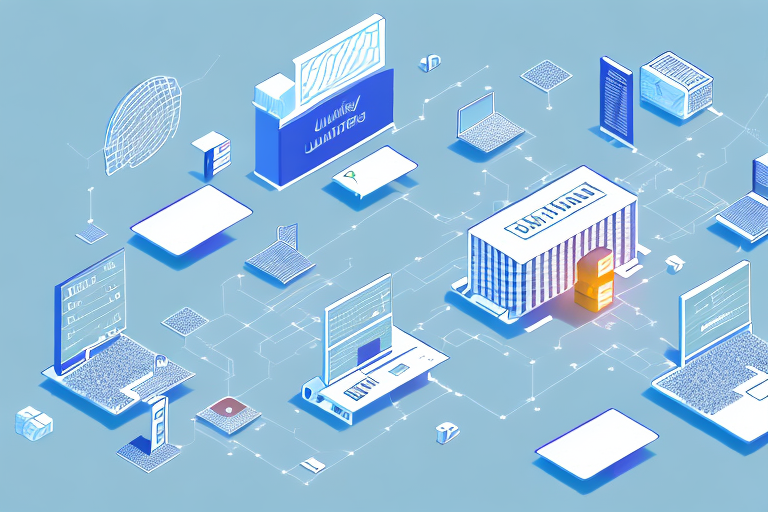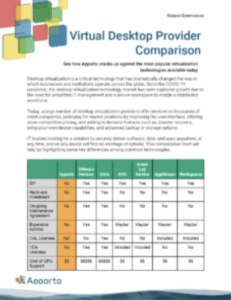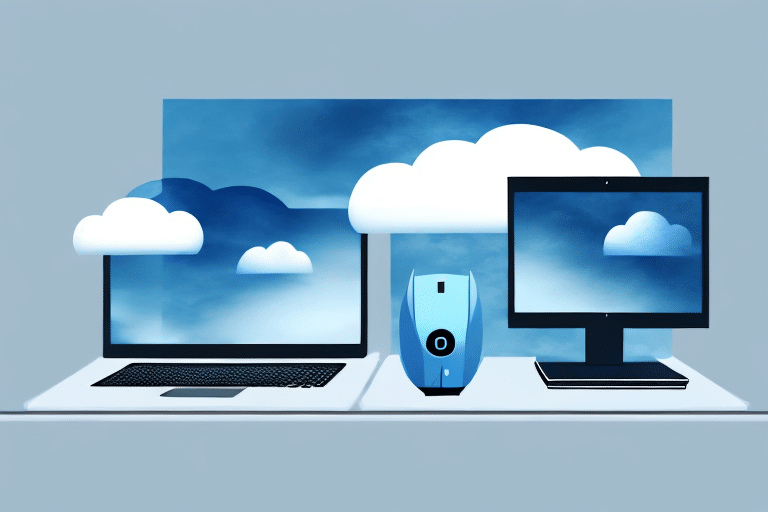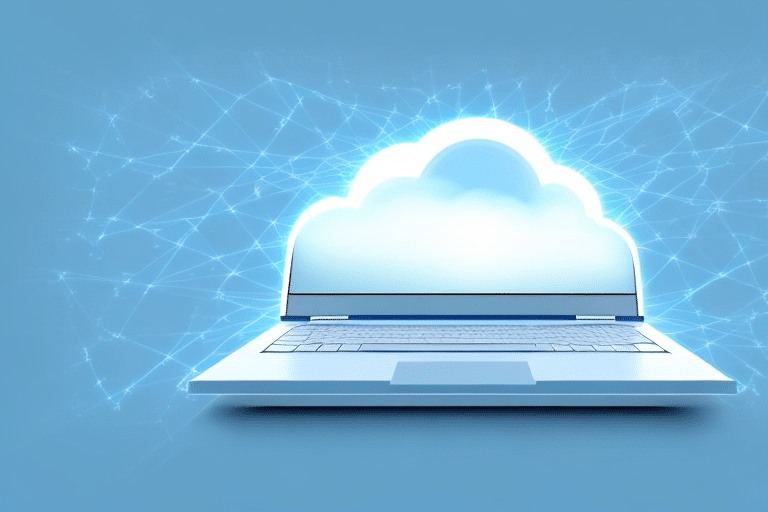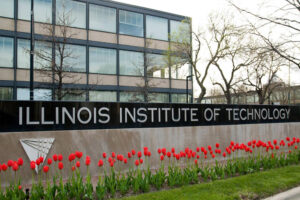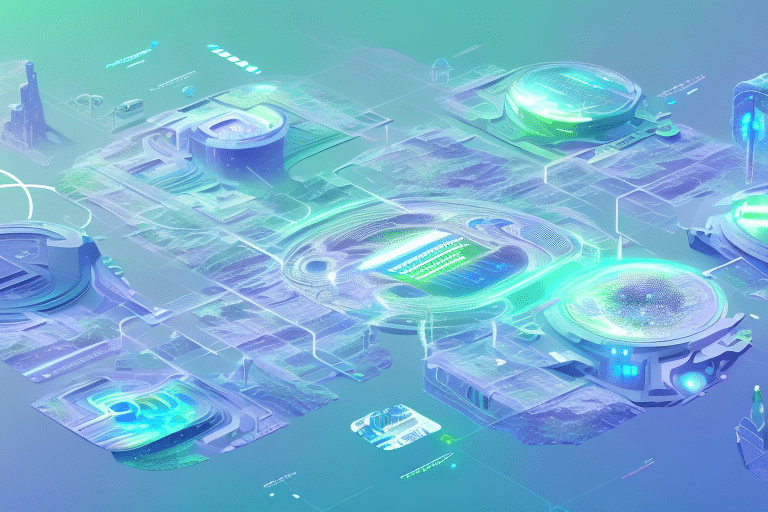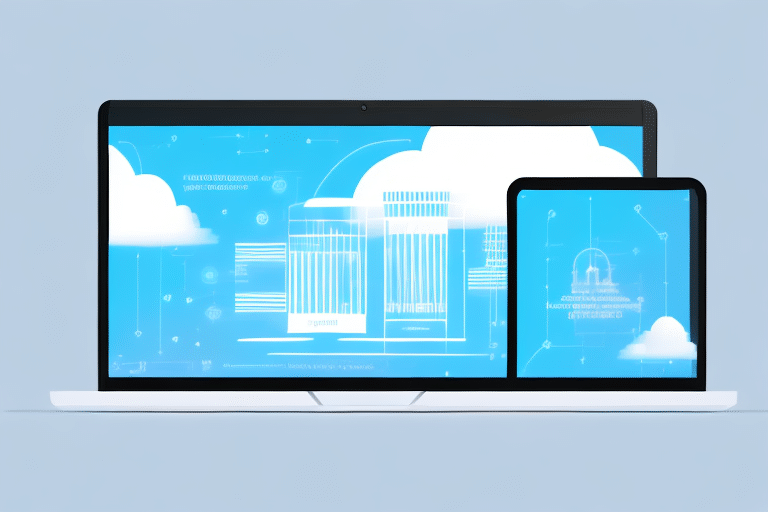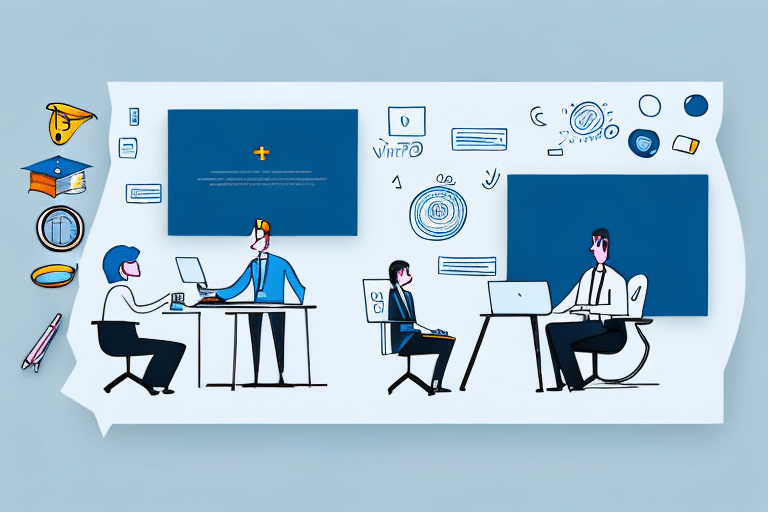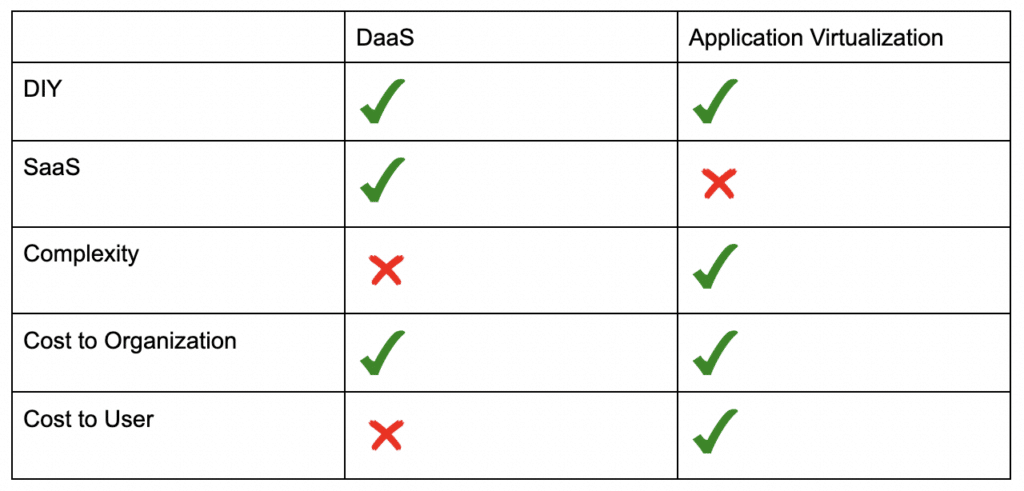Cybersecurity in Higher Education: Protecting Student Data and Campus Networks
In recent years, the importance of cybersecurity in higher education has grown significantly. With the rise of cyber threats targeting universities, protecting student data and campus networks has become a top priority for administrators and IT staff. In this article, we will examine the unique challenges facing higher education institutions and explore best practices for safeguarding student data and infrastructure.
The Growing Importance of Cybersecurity in Higher Education
Over the last decade, universities have become targets for a growing number of cyber attacks. Unfortunately, many institutions have not kept pace with the evolving threat landscape, leaving their networks and data vulnerable to exploitation. As cyber criminals become more sophisticated and universities continue to digitize operations, the potential consequences of a data breach become more severe.
The rise of cyber threats targeting universities
Cyber attacks targeting universities are on the rise. Hackers often target universities for their valuable research data, intellectual property, and financial information. In recent years, universities have been hit with a number of high-profile cyber attacks, including the 2019 ransomware attack on the University of Utah and the 2020 ransomware attack on Michigan State University. These attacks can be incredibly costly, both in terms of financial damages and reputational harm.
One of the reasons why universities are particularly vulnerable to cyber attacks is their decentralized nature. Universities often have multiple departments and units, each with their own IT systems and security protocols. This can make it difficult to implement consistent security measures across the entire institution, leaving gaps that cyber criminals can exploit.
The consequences of data breaches in higher education
The consequences of a data breach in higher education can be severe. Not only do breaches put student, faculty, and staff data at risk, but they can also lead to the loss of valuable research data and intellectual property. Additionally, institutions may face legal and regulatory consequences and suffer reputational harm.
For example, in 2015, UCLA suffered a massive data breach that exposed the personal information of 4.5 million individuals, including students, faculty, and staff. The breach cost the university $13 million in damages and led to a class-action lawsuit. The university also faced criticism for its handling of the breach, which some argued was slow and inadequate.
The role of higher education institutions in cybersecurity education
Higher education institutions have a unique role to play in cybersecurity education. As more and more industries rely on digital systems and data, it is essential that universities prepare students for careers that require an understanding of cybersecurity and data protection. By providing cybersecurity education to students, universities can help to build a more secure digital future.
Many universities are already taking steps to integrate cybersecurity education into their curricula. For example, the University of Maryland offers a cybersecurity specialization within its computer science program, while the University of Texas at San Antonio has a dedicated cybersecurity program that offers both undergraduate and graduate degrees.
However, there is still much work to be done. According to a 2020 report from the Center for Cyber Safety and Education, only 25% of cybersecurity professionals surveyed said that their educational background was in cybersecurity. This highlights the need for more universities to offer cybersecurity education and for more students to pursue careers in the field.
In addition to providing cybersecurity education to students, universities can also take steps to improve their own cybersecurity posture. This may involve implementing more robust security measures, such as multi-factor authentication and encryption, and conducting regular security audits and assessments.
The Importance of Cybersecurity
As cyber threats continue to evolve and become more sophisticated, it is essential that higher education institutions take cybersecurity seriously. By improving their own cybersecurity posture and providing cybersecurity education to students, universities can help to build a more secure digital future.
Understanding the Unique Cybersecurity Challenges in Higher Education
Higher education institutions face unique challenges when it comes to cybersecurity. Institutions often have decentralized IT infrastructure, diverse user populations, and a need to balance openness and security in academic environments.
Decentralized IT infrastructure
Many universities have decentralized IT infrastructure, making it difficult to manage and secure all of the various systems and networks. This can lead to inconsistencies in security practices and make it more challenging to identify and respond to potential threats. For example, a university may have different departments or schools with their own IT systems and networks, each with their own IT staff and security protocols. This can create a lack of standardization in security practices and make it harder for the university to implement a comprehensive security policy.
Furthermore, decentralized IT infrastructure can also lead to a lack of communication and coordination between different departments or schools. This can make it more challenging to share information about potential threats and vulnerabilities, as well as to coordinate responses to cyber attacks.
Diverse user population and access points
Universities have diverse user populations and access points, including students, faculty, staff, and third-party contractors. This can make it more challenging to monitor and control access to sensitive data and systems. For example, students may access university systems and networks from their personal devices, which may not have the same level of security as university-owned devices.
In addition, universities often have a large number of devices connected to their networks, including personal devices brought by students and staff. This can make it more difficult to monitor and detect potential threats, as well as to control access to sensitive data and systems.
Balancing openness and security in academic environments
Universities must balance the need for openness in academic environments with the need for security. Many research projects require access to open networks and systems, and it can be difficult to restrict access without impeding academic freedom and collaboration. For example, researchers may need to access open networks to share data and collaborate with colleagues from other universities and research institutions.
However, this openness can also make universities more vulnerable to cyber attacks. Hackers may target university systems and networks to gain access to sensitive research data or to steal personal information from students and staff.
Therefore, universities must find ways to balance openness and security in their IT systems and networks. This may involve implementing security policies and protocols that allow for open collaboration while also protecting sensitive data and systems from cyber threats.
Protecting Student Data: Privacy and Compliance Concerns
In today’s digital age, higher education institutions face a significant challenge in protecting student data. With the increasing use of technology in the classroom, institutions must ensure that they comply with regulations such as the Family Educational Rights and Privacy Act (FERPA) and the General Data Protection Regulation (GDPR) to safeguard student data.
The Family Educational Rights and Privacy Act (FERPA)
FERPA is a federal law that protects the privacy of student education records. It gives students the right to access their education records and control the disclosure of their personal information. Institutions must comply with FERPA when storing and sharing student data, including grades, financial information, and enrollment data. Failure to comply with FERPA can result in severe consequences, including the loss of federal funding and legal action.
FERPA applies to all schools that receive federal funding, including public and private institutions. It is essential for institutions to understand the requirements of FERPA and establish policies and procedures to ensure compliance. This includes training employees who handle student data and implementing security measures to protect against unauthorized access and disclosure of student information.
The General Data Protection Regulation (GDPR) and international students
The GDPR is a regulation in the European Union that protects the privacy of personal data. It applies to all organizations that process personal data of individuals in the EU, including higher education institutions. Institutions must comply with the GDPR when collecting and storing data from international students.
Under the GDPR, institutions must obtain explicit consent from students before collecting and processing their personal data. They must also provide students with the right to access their data and request that it be deleted. Failure to comply with the GDPR can result in significant fines and damage to an institution’s reputation.
Best practices for securing student data
Securing student data is essential to protect against data breaches and cyber attacks. Institutions should implement best practices such as encryption, access controls, and regular data backups. Encryption ensures that data is protected from unauthorized access, while access controls limit access to data to only those who need it.
Institutions should also provide cybersecurity education and training to all employees who handle student data. This includes training on how to identify and respond to potential cyber threats and how to protect sensitive data. Regular data backups are also critical to ensure that data can be recovered in the event of a cyber attack or system failure.
In conclusion, protecting student data is a top priority for higher education institutions. Compliance with regulations such as FERPA and the GDPR is essential to safeguard student information. By implementing best practices for securing student data, institutions can protect against data breaches and cyber attacks, ensuring that student data remains safe and secure.
Securing Campus Networks and Infrastructure
Campus networks and infrastructure must also be safeguarded from cyber threats. Institutions should implement strong security measures to protect against phishing and social engineering attacks, as well as ensure secure remote access for faculty and staff.
Implementing strong network security measures
Higher education institutions should implement strong network security measures such as firewalls, intrusion detection systems, and up-to-date antivirus software. These measures can help prevent cyber attacks, detect threats, and contain any damage that occurs. In addition, implementing regular vulnerability scans and penetration testing can help identify potential weaknesses in the network and infrastructure.
It is also important to have a comprehensive incident response plan in place. This plan should outline the steps to be taken in the event of a cyber attack, including who to contact, how to contain the damage, and how to restore normal operations.
Protecting against phishing and social engineering attacks
Phishing and social engineering attacks are common methods used by cyber criminals to gain access to sensitive data. Institutions should provide cybersecurity awareness training to all employees and implement controls such as multi-factor authentication to mitigate these risks. Regular phishing simulations can also help employees recognize and avoid phishing attempts.
Another effective strategy is to implement email filtering and blocking of suspicious IP addresses. This can help prevent phishing emails from reaching their intended targets and reduce the risk of successful attacks.
Ensuring secure remote access for faculty and staff
With the increasing prevalence of remote work, ensuring secure remote access for faculty and staff is essential. Institutions should implement secure remote access methods such as virtual private networks (VPNs) and require strong passwords and multi-factor authentication for all remote access. It is also important to ensure that all devices used for remote access are up-to-date with the latest security patches and updates.
Additionally, institutions should consider implementing remote access policies and procedures to ensure that all remote access is authorized and monitored. This can help prevent unauthorized access and reduce the risk of data breaches.
Overall, securing campus networks and infrastructure requires a multi-faceted approach that includes strong security measures, employee training and awareness, and comprehensive policies and procedures. By taking these steps, higher education institutions can better protect themselves against cyber threats and ensure the safety of their data and systems.
Conclusion
In conclusion, higher education institutions face unique challenges when it comes to cybersecurity. By understanding these challenges and implementing best practices for securing student data and infrastructure, universities can mitigate the risk of a cyber attack and protect their students, faculty, and staff. Additionally, by providing cybersecurity education to students, institutions can help to build a more secure digital future.

